The Gift of South Dakota
Subscriptions to South Dakota Magazine make great gifts!
Subscribe today — 1 year (6 issues) is just $29!
Maker of Music
Editor's Note: This story is revised from the September/October 1989 issue of South Dakota Magazine. To subscribe, call 800-456-5117.
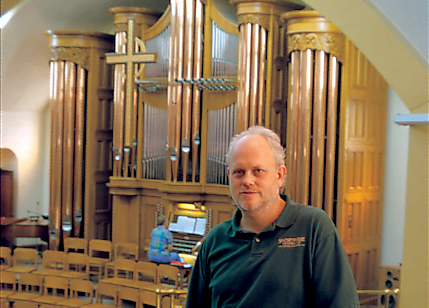 |
| John Nordlie has built pipe organs for several South Dakota churches, including First United Methodist in Sioux Falls. |
Making music is John Nordlie's passion. But he doesn't do it by hanging out in nightclubs or performing before the thousand eyes of a concert audience. His is a solitary, quiet talent. He builds pipe organs. Utilizing good tools, fine woods and a love for music, he and his staff create organs and Craftsman-style furniture in their Sioux Falls shop.
Pipe organs can be traced back as a musical instrument to 800 AD, when an organ was given as a gift by the king of Byzantium to Charlemagne's father, King Pepin. Benedictine monks incorporated the sound into their liturgical celebrations and by the late Middle Ages, organs were common in European churches.
That venerable tradition is on the minds of the Nordlie organ builders as they go about their craft in northeast Sioux Falls. "We do think about the fact that we are building something that is not disposable. If treated right, a pipe organ should last for several hundred years. We have done restoration work on some organs in South Dakota that are nearly a century old," said Mr. Nordlie.
The Nordlie name has been associated with quality craftsmanship for three generations in Sioux Falls. John's grandfather, a Norwegian immigrant living in St. Paul, came to Sioux Falls in 1913 to work with Jordan Millwork on the forms for the main columns of St. Joseph Cathedral. Following completion of the cathedral, he stayed in the city and started his own millworking company. His son Donald joined him in the trade, but did not encourage his children, including John, to spend time in the shop with the power tools. "He wanted his sons to go and get an education and see what the rest of the world was like before we went into his business," recalled John.
That explains why Sioux Falls has not just another cabinet maker, although they are cherished in South Dakota's work-with-your-hands culture, but instead a traditional maker of pipe organs, one of only a few in the nation.
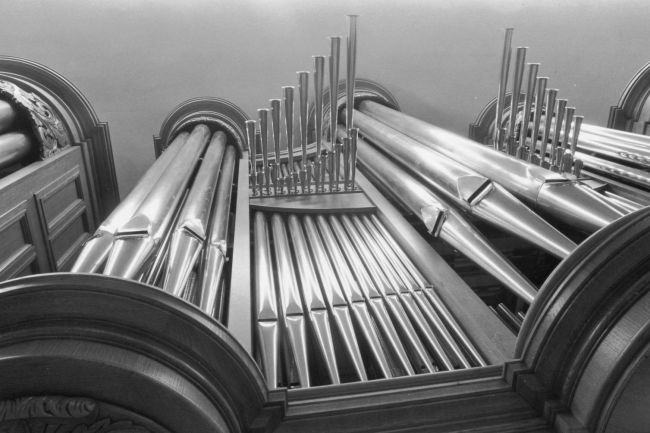 |
| John Nordlie and his craftsmen created this organ for First United Methodist Church in Sioux Falls. |
Taking his father's advice, John enrolled at Augustana College and studied business. He already had a passing interest in pipe organs in 1971 when, on the way to class one day, he came across A. Eugene Doutt of Watertown, who had been hired by the college to move an organ from one building to another. "I stopped and started asking him questions ... so many questions, I guess, that he couldn't get his work done and he said, 'Why don't you help me move this and we can talk while we work.' "
John replied that he was on his way to class. Mr. Doutt said, "Well, I guess you better go to class, then."
As John recalled, he missed class that day. But he gained a career.
In January of 1972, he took an independent study interim under Mr. Doutt, assisting him in the assembly of an organ for Bethlehem Lutheran Church in Aberdeen. While Mr. Doutt had not built organs "from scratch," he had a talent for repairing them and he could order parts, assemble and voice a new instrument.
A trip to Europe further fueled Nordlie's ambitions. While seeing and hearing the instruments of Holland, Germany and Denmark, he decided he wanted to be an organ builder and learned that the next step was to gain an apprenticeship.
The Augie senior visited Boston, Mass., where traditional pipe organs were once again being built by several shops. Fritz Noack, a German trained master organ builder, offered him a job and after graduation Nordlie headed east. "Fritz Noack knew exactly what I wanted to do, which was to come back to South Dakota and set up my own shop, so he saw that I moved from position to position in the shop. I built every part that could go into the organ, from the keyboard to the cabinets." The veteran Noack provided his young South Dakota pupil special training in pipe-making and pipe-voicing, areas which separate average organs from exceptional instruments.
After two years of apprenticeship, Mr. Noack had enough faith in his Midwestern organ builder that he sent him back to home territory to install an organ at Gustavus Adolfus College in St. Peter, Minn. While John was there, Rev. Richard Collman from Appleton, Minn., called and asked for information on having an organ built for his church. He had heard of John through a mutual friend, none other than A. Eugene Doutt.
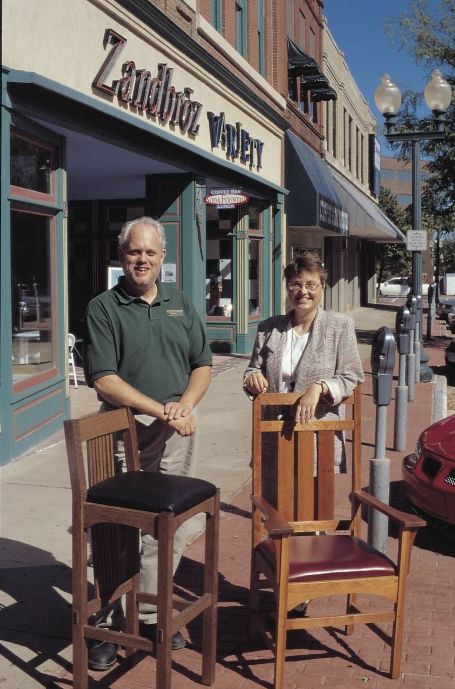 |
| Nordlie and his sister Beth MacDonald show some of the mission-style furniture manufactured by their other project, Shortridge Co. Ltd. |
John visited with the Appleton minister, and apparently Rev. Collman was impressed by the know-how of the young man. He finally asked what it would cost if John were to build his organ for him. John quoted a figure of about $20,000, with about 25 percent needed in advance.
John returned to Massachusetts and thought little else about the discussion, until the mail arrived days later with a check for the 25 percent down. There was not even a contract to sign. "I wrote up a contract and sent it to them, and I told Fritz I was quitting to go to Sioux Falls and build an organ for a church — in my dad's wood shop."
That was 1977. He made enough on the first job to buy an inexpensive new car and some materials and tools for the next order, which was not long in coming. Gradually, he added staff. The Nordlie craftsmen specialize in building encased "tracker" pipe organs — meaning the actions of the organist's fingers and feet cause air to flow through the pipes through direct mechanical linkages called trackers. No electrical wires or electronic valves control the wind. The direct contact between the fingers and the pipes makes the organ more sensitive and responsive. Notes on an electronic instrument "are either on or off and cannot convey the complete artistry of a sensitive musician," said John.
Most Nordlie organs contain some pipes made of wood, usually flutes, and a variety of flues and reeds built of tin or lead alloys. Woodwork is usually of hard woods, often stained and finished with tung oil. The hand-turned stop knobs and naturals of the keyboards are of ebony and the sharp keys are of satinwood, plated with cowbone. Black walnut is often used on the keydesk, keycheeks, pedal sharps and carved pipeshades of the organs.
The combination of materials and craftsmanship results in a creation that is as beautiful to the eye as it is pleasing to the ear. John acknowledges that both the appearance and the sound attracted him to the challenge of building tracker organs. He gained an appreciation for fine woodworking from his father. "And I had an interest in music. The mechanics of the organ intrigued me. I think it can be one of the most satisfying instruments to listen to if it is the right instrument and the right organist."


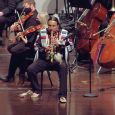
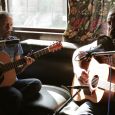

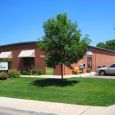

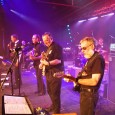


Comments